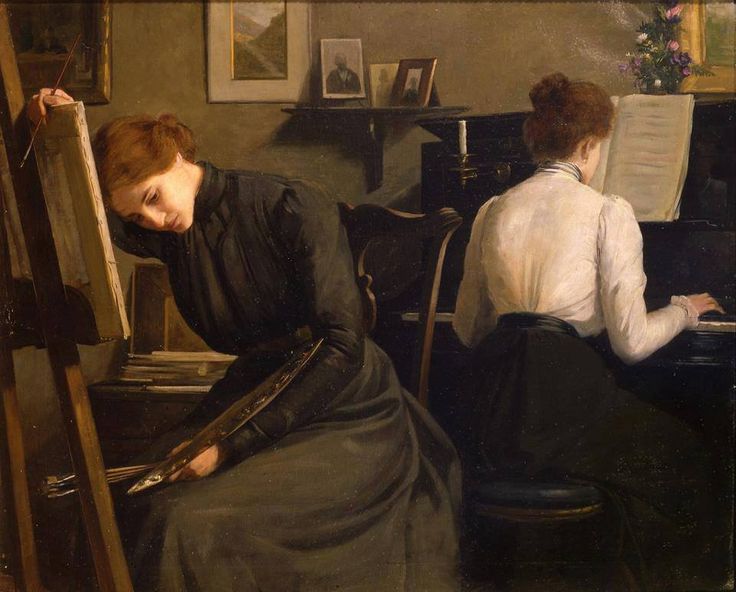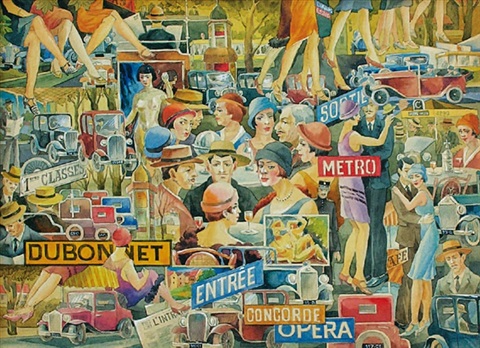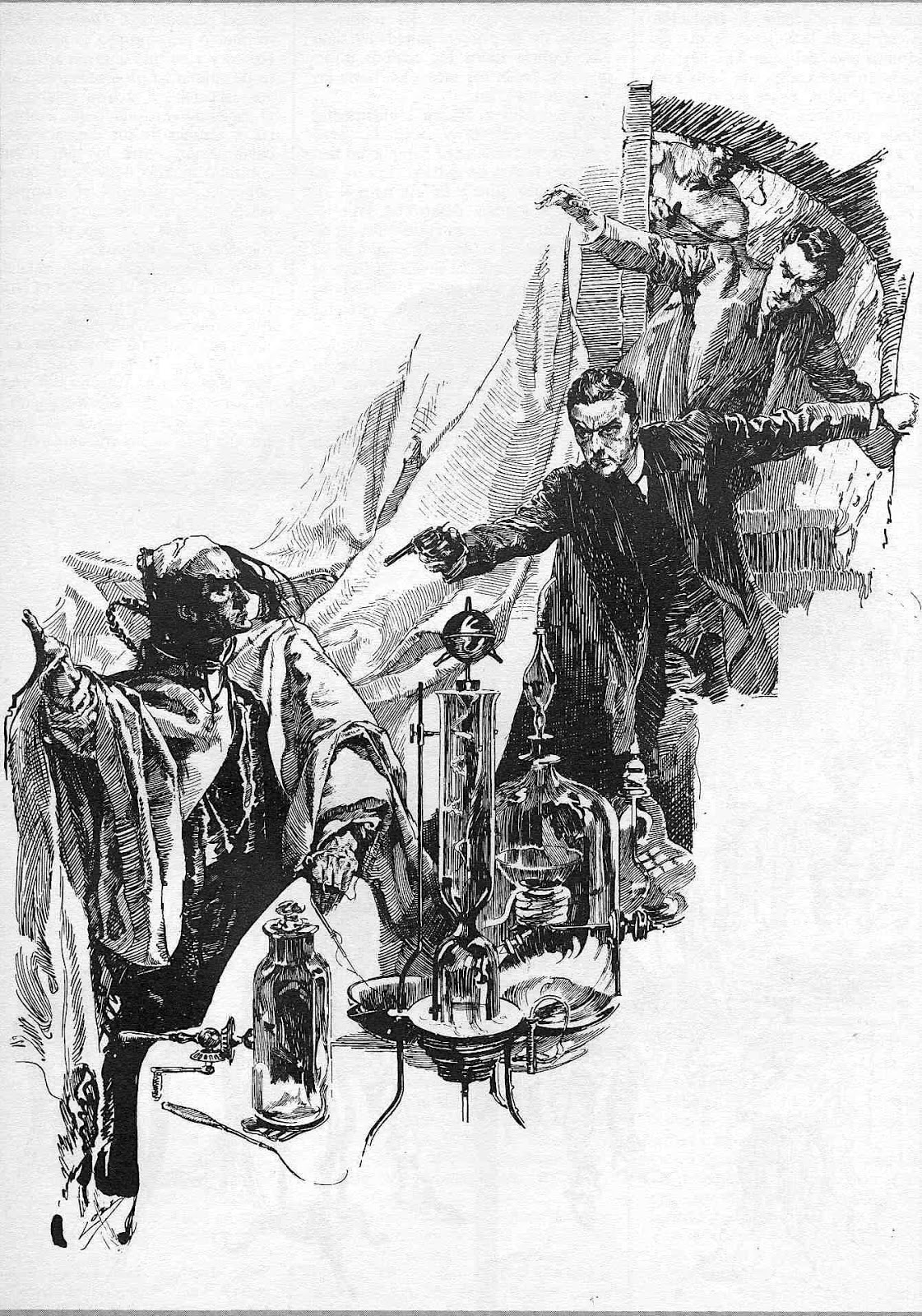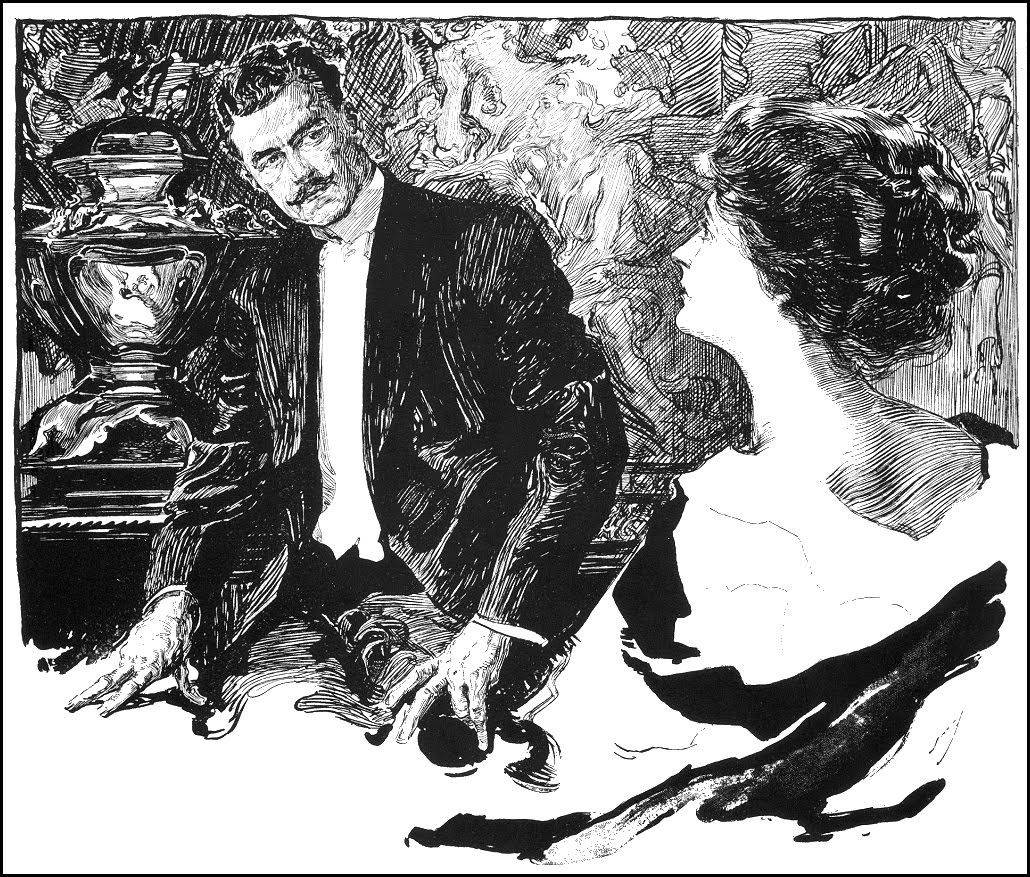William Ernest Reynolds-Stephens (1862-1943), that is,
Sir William Reynolds-Stephens was both a painter and sculptor. And despite having been knighted, seems virtually unknown nowadays. For example, aside from one web site that requires registration to view, biographical information on the internet is sketchy as of the time this post was drafted (mid-June, 2017). There also are very few examples of his paintings to be found.
What I do know is that he was born in Detroit to British parents, soon moved to Canada and then on to England. He was trained as an engineer, but took up art in his early twenties, studying in England and Germany. By the time he was 40 he had essentially transitioned from painting to sculpture, and it seems that, to the extent he is known today (in England, anyway), it is for that phase of his career. And that's pretty much it, aside from
this contemporary appreciation.
Given what I wrote above, how did I manage to "discover" Reynolds-Stephens? Well, I saw one of his paintings, "Roman Courtship" (ca. 1900) at the Ringling Art Museum in Sarasota, Florida in May.
Here is what a museum docent has to say about it.
And I took photos, a few of which are displayed below (click on them to enlarge).
I found the painting to be strikingly composed and well-executed. However, lacking a classical education, the symbolism escaped me at the time. Symbolism aside, it can be appreciated on its merits as well as being a fine example of late-Victorian painting.
Gallery


















































